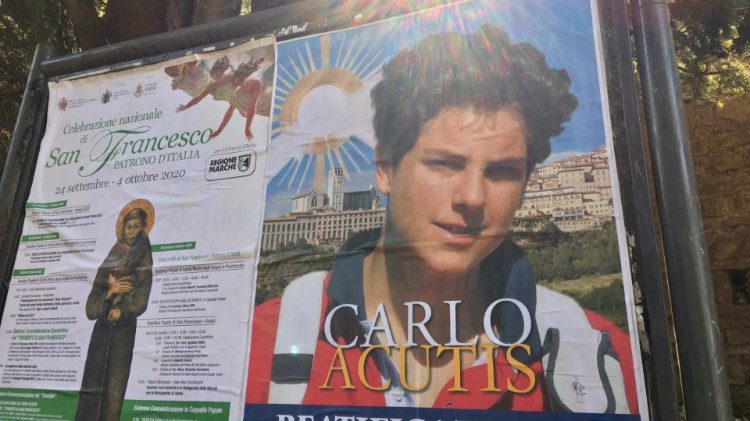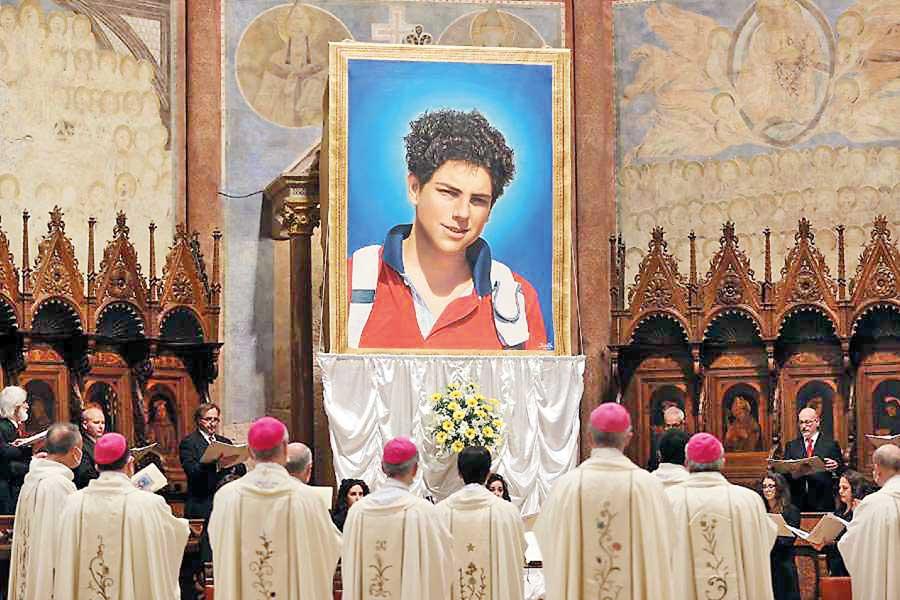✼ ҉ حسام الـבین شـ؋ـیعیان ҉ ✼
✐✎✐ وبلاگ رسمے و شخصے حسام الـבین شـ؋ـیعیان ✐✎✐✼ ҉ حسام الـבین شـ؋ـیعیان ҉ ✼
✐✎✐ وبلاگ رسمے و شخصے حسام الـבین شـ؋ـیعیان ✐✎✐Did Jesus Visit Other Parts of the World?آیا عیسی از دیگر نقاط جهان دیدن کرد؟
It is rather difficult to take the legend of Jesus accompanying Joseph of Arimathea to England seriously when “the earliest mention of Joseph at Glastonbury dates to around 1247.”3 The tradition of Joseph traveling anywhere to Britain cannot be traced back before about 1200. The earliest versions had Joseph going to England years after Jesus’ death and resurrection in a story that was entwined with lore about the Holy Grail, King Arthur, and other elements of medieval English legend.4 Not even John of Glastonbury’s account of the church’s history written a century later (ca. 1342) mentioned the story of the boy Jesus accompanying Joseph to England. William Blake’s famous poem “Jerusalem” in 1811 asked:
Did Jesus Visit Other Parts of the World?آیا عیسی از دیگر نقاط جهان دیدن کرد؟
According to the Gospels, Jesus was born in Bethlehem, grew up in Nazareth, engaged in itinerant ministry throughout Galilee, Judea, and places between them, and was executed in Judea just outside Jerusalem. Except for a brief stay in Egypt with his parents as a baby (Matt. 2:12-15, 19-23), all of Jesus’ mortal life appears to have taken place within a radius of roughly a hundred miles of the place of his birth. The Holy Land where Jesus lived from the mountains north of the Sea of Galilee to the desert south of Jerusalem is such a tiny region that it could fit within the bounds of Lake Michigan with room to spare.
انجیل یوحنا
48 عیسی بدو گفت، اگر آیات و معجزات نبینید، همانا ایمان نیاورید.
49 سرهنگ بدو گفت، ای آقا قبل از آنکه پسرم بمیرد فرود بیا.
50 عیسی بدو گفت، برو که پسرت زنده است. آن شخص به سخنی که عیسی بدو گفت، ایمان آورده، روانه شد.
51 و در وقتی که او میرفت، غلامانش او رااستقبال نموده، مژده دادند و گفتند که پسر تو زنده است.
52 پس از ایشان پرسید که در چه ساعت عافیت یافت؟ گفتند، دیروز، در ساعت هفتم تب از او زایل گشت.
53 آنگاه پدر فهمید که در همان ساعت عیسی گفته بود، پسر تو زنده است. پس او و تمام اهل خانهٔ او ایمان آوردند.
54 و این نیز معجزه دوّم بود که از عیسی در وقتی که از یهودیّه به جلیل آمد، به ظهور رسید.
زنده کردن مردگان-عیسی مسیح
در اناجیل سه بار در مورد زنده شدن مردگان به دست عیسی سخن گفته شدهاست:
- دختر جایروس: جایروس که فرد مهمی در کنیسه است از عیسی درخواست میکند که دخترش را مداوا کند؛ ولیکن وقتی عیسی در راه رفتن به منزل او است دختر او میمیرد. عیسی به او میگوید که دخترش تنها خواب است و او را با گفتن لغات تلیتا کم به زندگی بازمیگرداند.
- مرد جوان ناین: مرد جوانی که فرزند یک بیوه است برای دفن در ناین آورده میشود. عیسی مادر او را میبیند و به حال او غصه میخورد و به او میگوید که گریه نکند. عیسی به تابوت مرد نزدیک شده و به او میگوید که بلند شود و او نیز بلند میشود.
- زندهکردن لازاروس: لازاروس یکی از دوستان عیسی است که چهار روز است که مردهاست. عیسی به قبر او نزدیک شده و به او میگوید که بلند شود. لازاروس بلند شده و دوباره زنده میشود.








